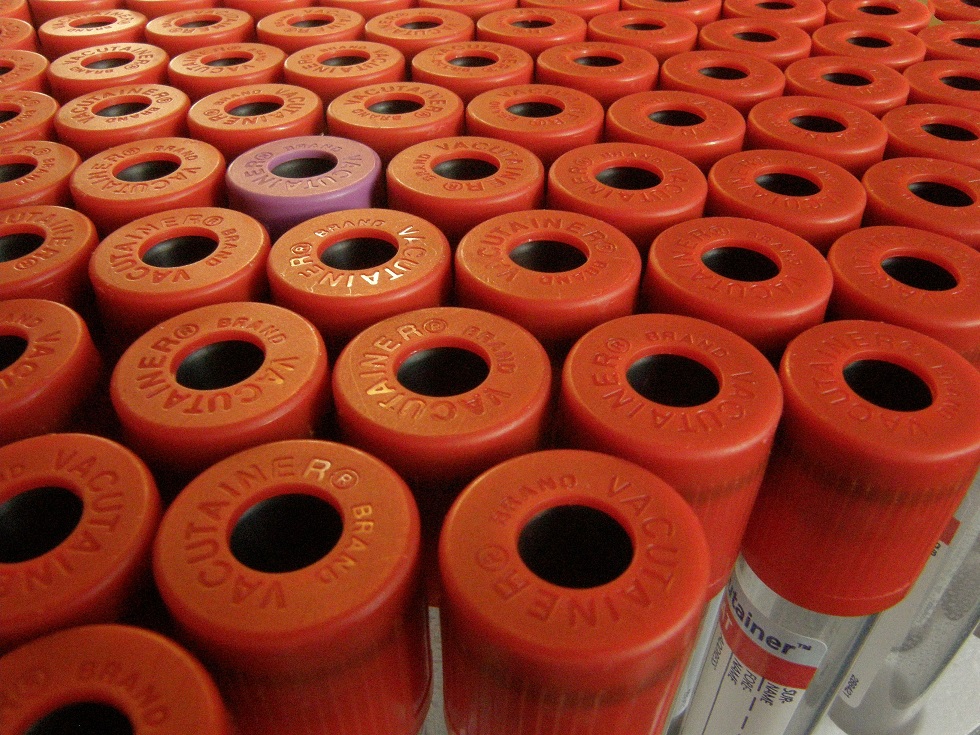Species: Dog, Cat
Specimen: Serum
Container: Plain (red top) or gel tube
Collection protocol: 8 hours post dosing; fasted sample.
Special handling/shipping requirements: Standard.
General information about the disease:
Indications for digoxin therapy include the treatment of heart failure, atrial fibrillation and supraventricular tachycardia. In recent years, the first line use of digoxin for the treatment of heart failure in dogs and cats has reduced significantly, due to the use of alternative drugs such as pimobendin and ACE inhibitors. It also has a narrow therapeutic window, particularly in cats who are sensitive to toxic concentrations.
Currently, the principal use of digoxin is for the management of dogs that have atrial fibrillation and concurrent heart failure due to mitral valve disease (MMVD) and dilated cardiomyopathy. In dogs with Stage C MMVD, on digoxin at 0.0025-0.005 mg/kg PO q12 to control atrial fibrillation, a steady state post-pill plasma concentration at 8 hours of 1.03-1.92 nmol/L (0.8-1.5 ng/mL) is recommended.
Not indicated in patients with pericardial disease, hypertrophic cardiomyopathy with outflow tract obstruction, or restrictive myocardial disease, unless accompanied by myocardial failure or supraventricular tachycardia.
Monitoring:
At least 6 days after initiation of therapy to allow development of a steady state.
Ongoing monitoring of therapy includes assessment of renal function, electrolytes and calcium every 2 to 3 months, after any changes in therapy or changes in animal’s clinical condition.
Reference(s):
Keene BW et al; ACVIM consensus guidelines for the diagnosis and treatment of myxomatous mitral valve disease in dogs. Journal of Veterinary Internal Medicine 33:1-14, 2019.
Plumb DC. In Veterinary Drug Handbook. 8th edtn (pocket). Pp439. Wiley-Blackwell, Ames, Iowa, USA, 2015. Tilley LP et al. In Manual of Canine and Feline Cardiology, 4th edition. Pp305. Saunders Elsevier, St. Louis Missouri, USA. 2008

